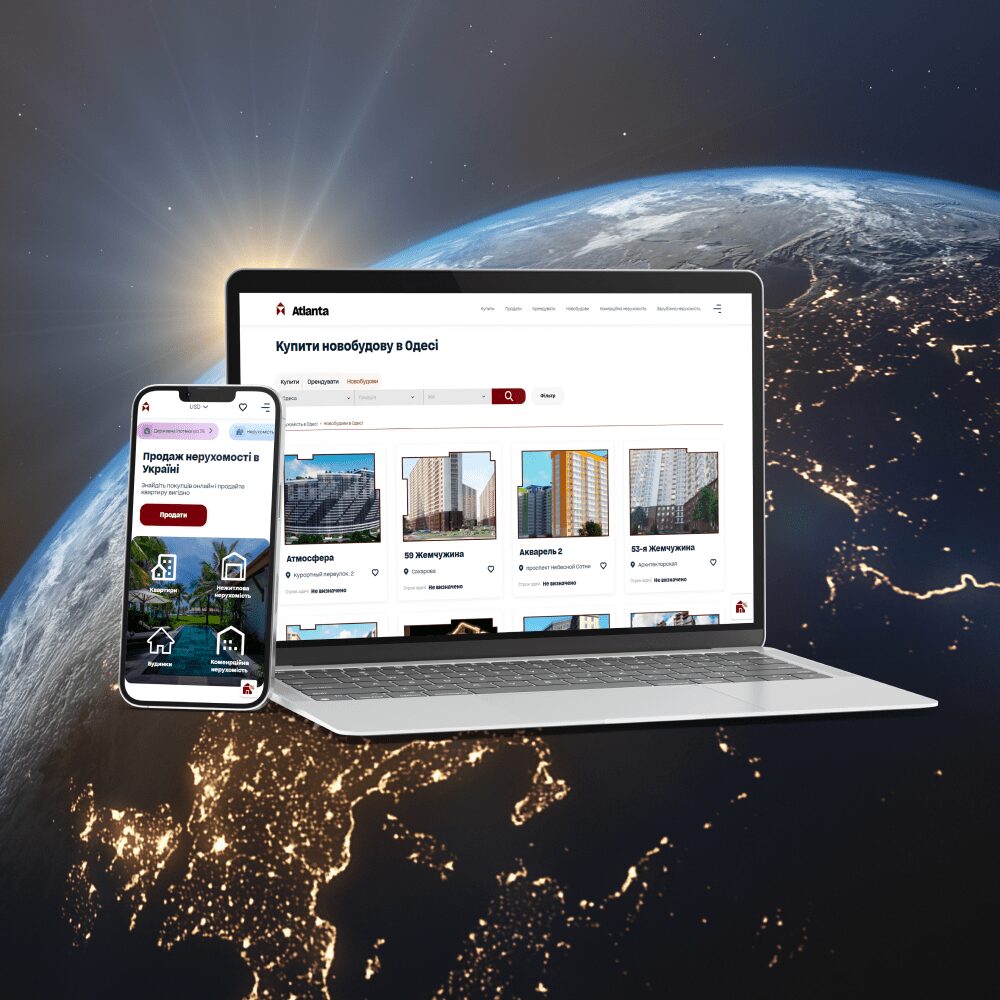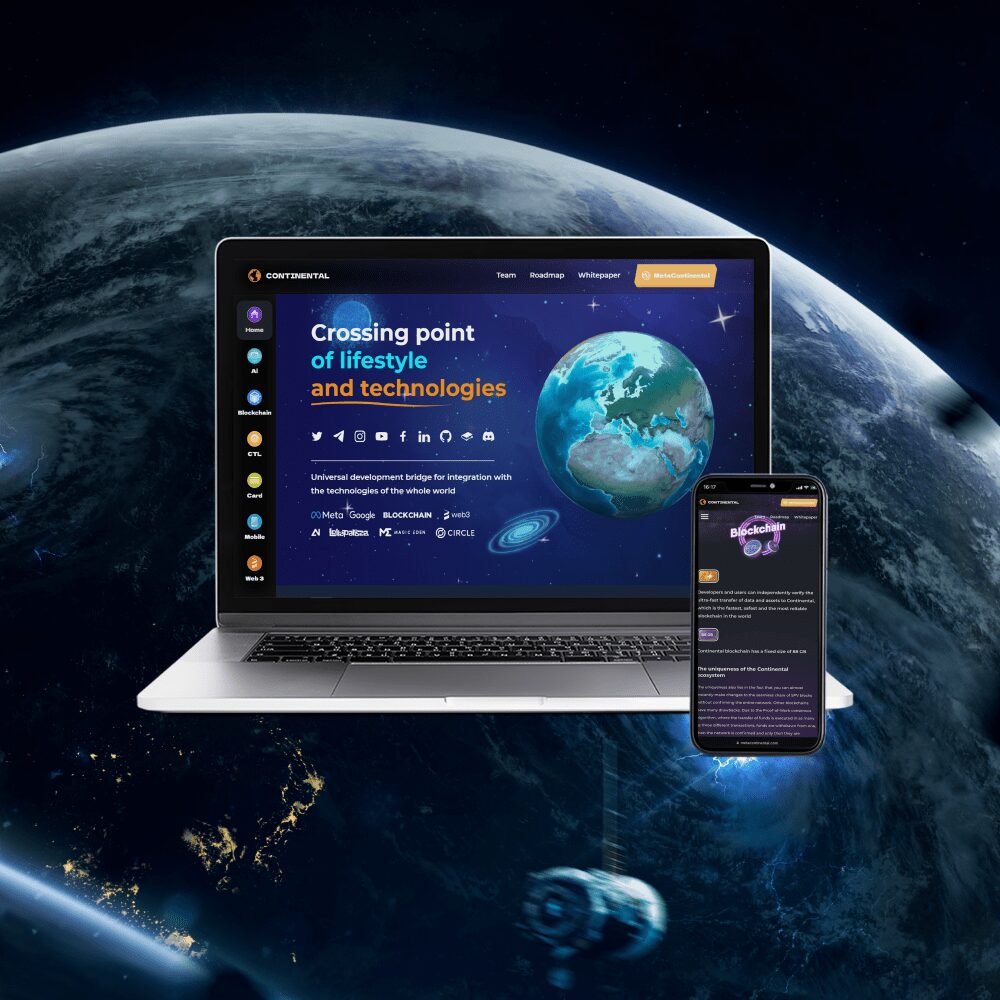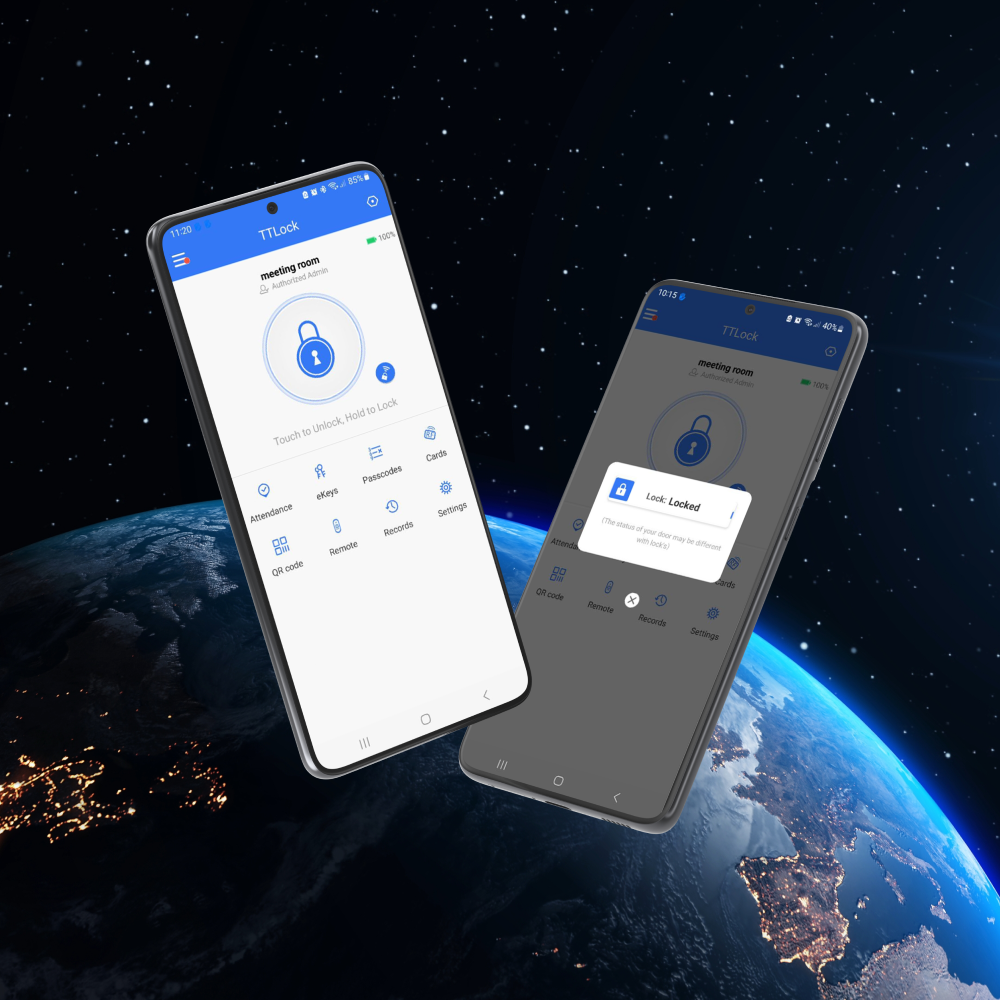Development of applications for tracking the movement of goods
Development of applications for tracking the movement of goods
Transport and logisticsDevelopment of applications for tracking the movement of goods Transport and logistics
The growth of the online trading market has contributed to an increase in the requirements for express carriers – today the user wants not only to receive his package as quickly as possible, but also to be able to track its location at any time.
To meet customer needs and increase their competitiveness, many merchants and shipping companies are launching their own tracking services. However, in practice, this is not always convenient, since the buyer can place orders on different sites and use the delivery of several courier services, and monitoring each package in a separate application becomes inconvenient and time-consuming.
This situation has led to the emergence of more global tools on the market that provide the user with information about all his deliveries in a single interface.
For example, one of the most sought-after solutions in this industry is the AfterShip project, which monitors the movement of goods in more than 300 postal services around the world and provides effective tools for analysis and control.
What technologies are used to develop cargo tracking applications
TechnologiesWhat technologies are used to develop cargo tracking applications Technologies
Applications for cargo tracking can be developed to work on different platforms – in a browser, on a smartphone or on a personal computer. Accordingly, a different technological stack will be used to implement such solutions:
- Web applications. They work in the browser interface and do not depend on the operating system. The front-end part of such applications can be developed using static technologies such as HTML, CSS and JavaScript or reactive technologies such as Vue.js and React.js. In turn, the backend is created in PHP programming languages and its Yii2/Laravel frameworks, in Python and Django/Flask frameworks, or in Node.js.
- Desktop applications. Installed on a user’s laptop or computer. Their development is carried out using the Python and PHP programming languages, as well as their frameworks – Django / Flask and Yii2 / Laravel.
- Mobile applications. They are installed on a smartphone and work regardless of the browser and other applications. When implementing them, the operating system is taken into account: for development on IOS, the native Swift language can be used, and for Android, Java and Kotlin, respectively. However, there is an alternative, for example, using the Flutter framework and the Dart language, you can create cross-platform solutions that use the same code base to work on both operating systems, which can significantly reduce investment in production.
The choice of technology stack plays a fundamental role in the development of an application, because performance, development speed and scalability depend on it.
Stages of developing an application for tracking cargo
Development stagesStages of developing an application for tracking cargo Development stages
The process of creating an application can be compared to building a house: first, research is done, then the foundation is poured, load-bearing walls are erected, and so on – that is, all work is done in stages. If you skip any step, then the end result will be completely different from what was planned. For example, it’s hard to imagine a house that skipped the roofing stage, because it will simply be uninhabitable.
Let’s consider the main stages of creating a cargo tracking application, and what kind of work is performed on each of them.
Stage 1. Gathering information
First of all, developers need to define clear goals and objectives for the project. To do this, Project-manager holds meetings or online meetings with the client, at which he fixes his requirements and wishes, and business analysts carry out market analysis, which helps to determine the individual development vector of the future application.
Stage 2. Design and preparation of technical documentation
After receiving all the necessary data, the developers begin to create a prototype – a schematic model of the future application, which will allow you to get a clear idea of the capabilities and functional features of the project even before the start of its technical development. Often a prototype includes:
- Visualization of the project architecture and navigation system between its interfaces.
- Mockups of unique pages and screens, with a description of the functionality placed on them.
- Technology stack.
- Descriptions of external services integrated into the project. For example, these can be APIs of postal services, which will be used to track the movement of goods in real time, banking interfaces for paying for a subscription, and so on.
- Implementation plan and planned completion dates.
The created prototype will be used as a “foundation” at all subsequent stages of application production.
Stage 3. UI design development
The cargo tracking application is a project aimed at the general public, so it is very important that it be convenient, attractive and intuitive for consumers from the first contact. To achieve this goal, professional UI designers are involved in the project, who shape the visual environment and feel of the project.
Stage 4. Creation of the software part
Application programming is a fairly general concept. If we go a little deeper into the processes, then this stage can be divided into two key parts:
- Frontend development. Assumes the creation of an interactive user interface in strict accordance with pre-approved design layouts.
In simple words, the frontend is a point of interaction between the user and the server – it receives requests from the client, sends them to the server, and then displays the processing result in a convenient format. However, there is a nuance here. If the frontend part is developed using the reactive Vue.js or React.js technologies that we mentioned above, then in addition to the main task, it is also able to independently perform partial data processing, which reduces the load on the server. As a result, with this approach, the performance of the application and the speed of response to user actions increase significantly.
- Backend development. The backend is the server part of the application that processes client requests and is responsible for all processes that take place “inside” the application. When creating it, programmers build the code architecture, organize the work of databases and integrate the project with external services using API or REST API interfaces.
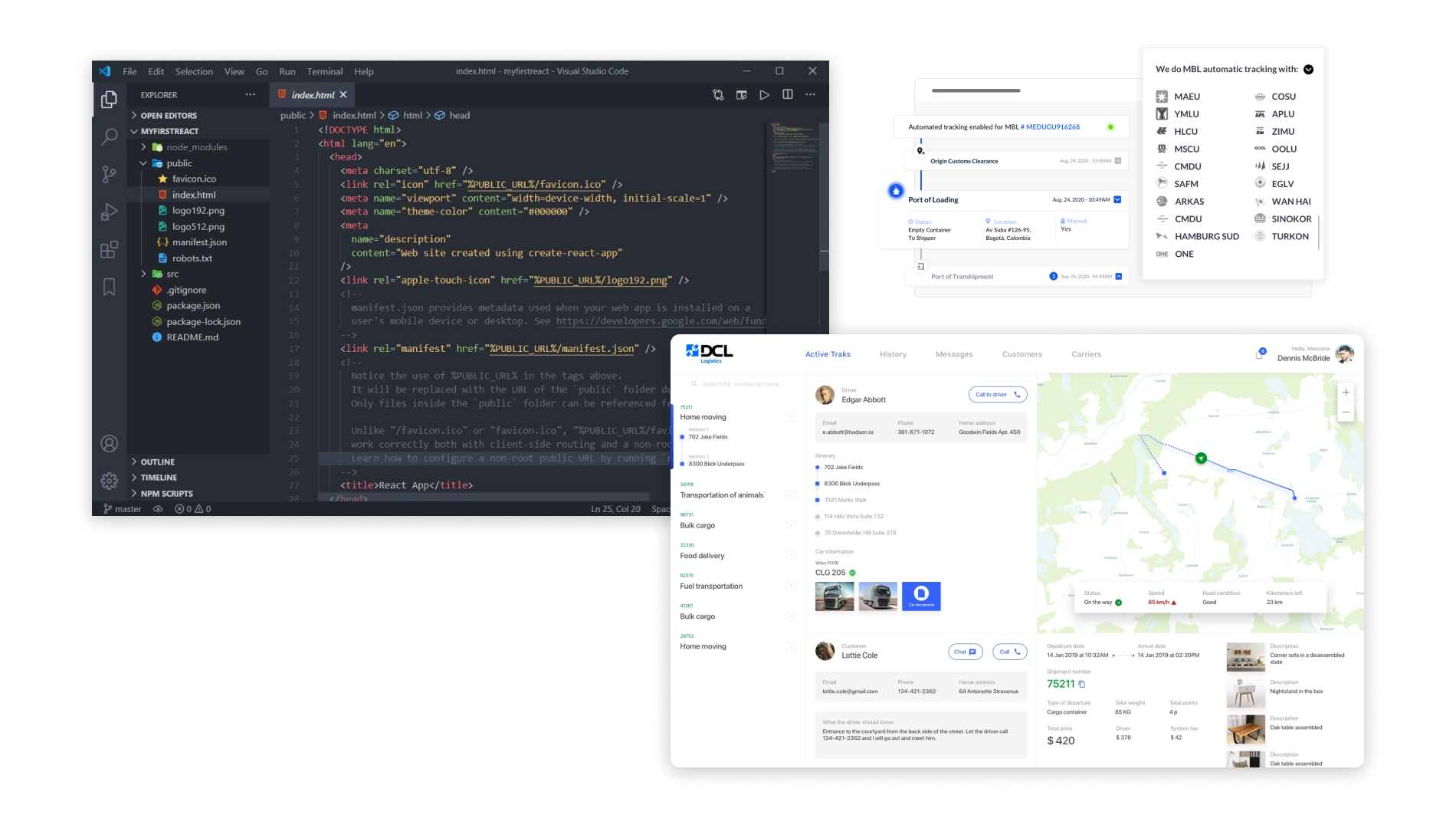
Stage 5. Testing
Testing allows you to make sure that all the functions of the application work correctly and in accordance with the way it was intended. There are two main types of tests:
- Manual – carried out in manual mode and are designed to identify non-obvious problems.
- Automated – is performed using special computer scripts and allows you to cover most of the project elements with tests.
If errors are found, the QA engineer makes a bug report and returns the project for revision to the responsible specialist, and after fixing them, retests.
Stage 6. Technical support and development
Even with the most rigorous testing, there are situations where, after starting to use the application in real conditions, users encounter problems that were not previously identified. In this case, the developers study the error and quickly fix it as part of technical support.
In addition, during the first months after the release, it often becomes clear what functionality needs to be created or improved in order to increase the effectiveness of the application. To solve such problems, specialists draw up a new technical task, if necessary, finalize design layouts, and then develop and implement the necessary changes. It is also worth adding that before installing the update in the original version of the application, it is pre-tested on the production server, which allows you to avoid unpredictable consequences.
Development of an application for tracking cargo in AVADA MEDIA
Development of an application for tracking cargo in AVADA MEDIA
The e-commerce market is constantly growing, and the number of local and international online orders is increasing accordingly. At the same time, users – including not only end consumers, but also retailers – need effective tools to track and manage shipments in real time. Thus, investments in the development of innovative solutions in this area will most likely become profitable and pay off.
AVADA MEDIA specializes in the development of software for the transport and logistics industry. To implement such products, we use modern technologies, thanks to which we can guarantee high performance and reliability of the software, as well as the ability to implement almost any functionality.
Fresh works
We create space projectsFresh works
The best confirmation of our qualifications and professionalism are the stories of the success of our clients and the differences in their business before and after working with us.
Our clients
What they say about usOur clients What they say about us
Successful projects are created only by the team
Our teamSuccessful projects
are created only by the team Our team





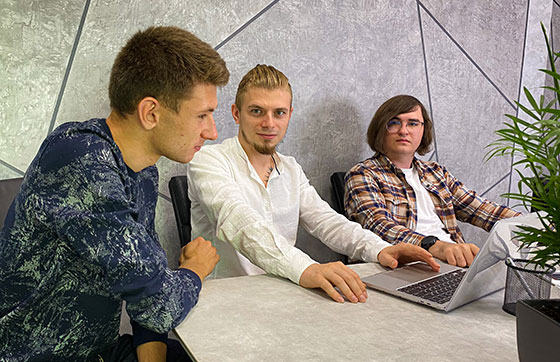






Contact the experts
Have a question?Contact the experts Have a question?
-
Phone:+ 38 (097) 036 29 32
-
E-mail:info@avada-media.com.ua


